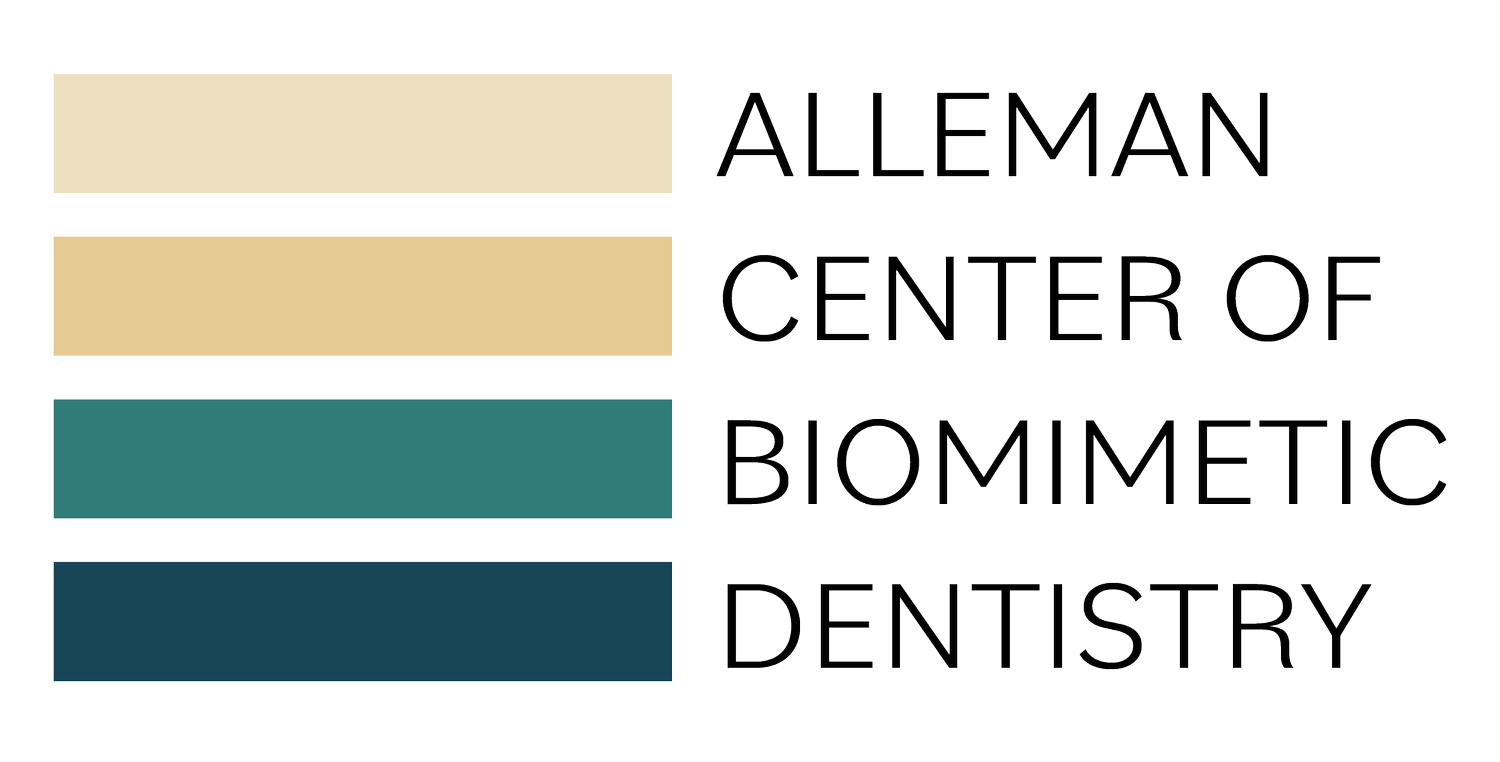Stress-Reduced Direct Composite Restorations (SRDC)
Dr. David Alleman and Dr. Simone Deliperi pioneered the stress-reduced direct composite technique, publishing “Stress-reducing protocol for direct composite restorations in minimally invasive cavity preparations” in 2009. Stress-reduced direct composite restorations are especially beneficial for deep defects, structurally compromised teeth and endodontically treated teeth because the protocols minimize polymerization stress while creating strong bonds that support the remaining tooth structure.
This case by Dr. David Alleman, DDS shows an early example of a stress-reduced direct composite restoration.
In many adhesive restorations, mitigating C-factor stresses plays an important role in long-term bond strength. Deep defects, like in cases of large carious legions, create restorative surfaces with multiple walls that must be restored: high C-factor. Since dentinal bonding systems are tested on flat surfaces to assess bond strength, using them in these cases requires additional techniques to create strong bonds and eliminate gaps under the restoration. Stress-reduced direct composite is one of those techniques for practitioners to have in their restorative toolkit.
And old composite restoration is being retreated in this case by Dr. Davey Alleman, DMD. After removing the previous restoration, the cavity has a high C-factor.
Stress-reduced direct composite and the hierarchy of bondability
C-factor, or Configuration Factor, is the ratio of bonded to unbonded surfaces. Restorations with higher C-factor are more difficult to bond to because composite will move to the most easily bondable surface, as outlined in the Hierarchy of Bondability. Stress-reduced direct composite restorations help overcome the hierarchy of bondability by connecting the tooth in small increments and, in doing so, only bonding to one dentinal substrate at a time. This creates the strongest possible bonds to dentin, even in deep defects, before connecting the composite to complete the biobase.
Stress reduction and C-factor mitigation are discussed in the 2017 article by Alleman, Nejad and Alleman, the Protocols of Biomimetic Restorative Dentistry: 2002 to 2017, Inside Dentistry.
Increasing dentin bond strengths with stress-reduced direct composite
Strong bonds to dentin are essential for a long-lasting restoration. Weak bonds under a restoration can cause post-operative sensitivity, restorative failure and crack initiation. When Dr. David Alleman was creating his Six Lessons Approach to Biomimetic Restorative Dentistry, he outlined 18 factors that increase bonds or reduce stresses in a restoration, allowing for longer-lasting restorations that eliminate post-operative sensitivity and protect the pulp’s vitality. Stress-reduced direct composite restorations help balance the adhesive equation by reducing stress and increasing the bond strength to all areas of exposed dentin.
Learn more about stress-reduced direct composite techniques in Alleman Center training programs and training programs by Dr. Simone Deliperi.
Learn more about stress-reduced direct composite in this Six Lessons Approach Podcast episode.




